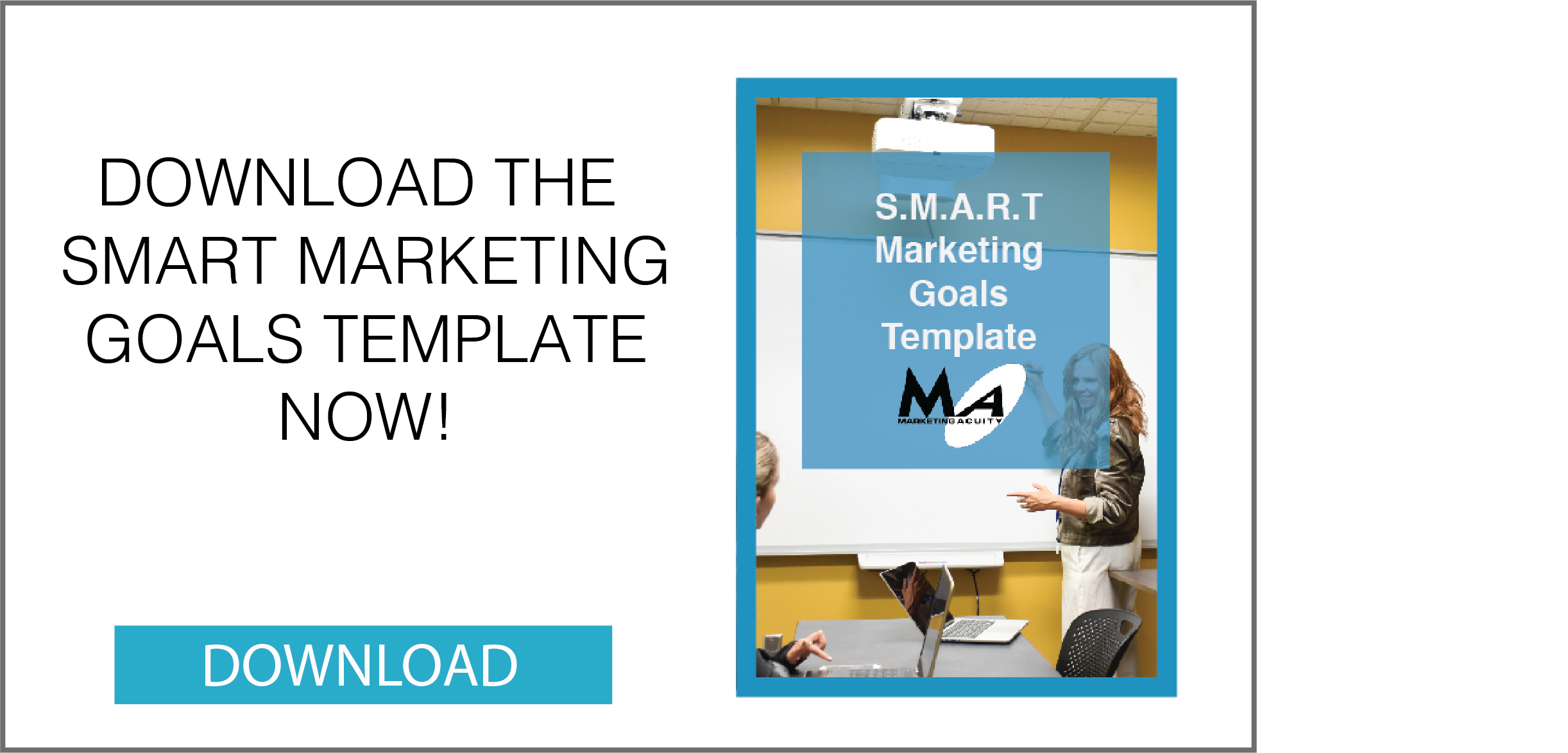Lead generation is arguably one of the most important, and frustrating, components of an e-commerce business. You know the target audience is there, but how do you reach them? Where are they looking for your product or service? And how do you better reach them to develop lifelong, loyal relationships with your customers? There are so many ways you can generate leads for your e-commerce business, but below are the top 5 stepping stones to optimizing your lead generation strategies.
You need to optimize your site for search
Commonly known as SEO, search engine optimization is key to driving traffic to your site, and consequently, developing leads. SEO has many different components, but for e-commerce, search should be your number one priority, meaning that your business will have to do some work with content marketing. When your business puts great content out there, it increases your visibility to consumers looking for your product, especially when you implement commonly used keywords. When you are more visible to your target audience in search, more members of that target audience will visit your website, where you can provide product offers and conversion opportunities such as email subscription sign ups, or other contact information to facilitate lead generation.
This content can be anything informative your target audience might find valuable, such as an blog post, video series, webinar, ebook, the list goes on. The important thing is not only to create this content, but to publish frequently to stay in the search limelight so that you will be easy for your customers to find and, hopefully, first to show up in a google search of your product.
2. Get creative when building your email list
While it can be easy to throw up a subscription form in the sidebar of your website and hope people will sign up, it’s much more valuable to incentivize customers touring your website with a reason to join your mailing list.
There are a variety of ways to do this, and you can use whichever option best suits your businesses needs, such as offering free shipping or a discount on their first order with an email, or by offering products of value for free with an email subscription, such as an ebook or free demo explaining all the advantages of your product or service.
Consumers are interested in gaining something in exchange for their email, and look for reasons to join a mailing list rather than giving their information out freely. Offering discounts or freebies gives consumers a reason to purchase your product, and even if they don’t take advantage, you can send little reminders through email that they have items in their cart waiting for them.
3. Make sure your site has a great homepage
Just like the receptionist is your first impression of a business, your homepage is the first impression for e-commerce business. For this reason, you want to ensure that it is optimized to meet consumer needs. There are several components that contribute to this, such as
- An aesthetically pleasing design: when your site catches the eyes of customers, they will be more likely to browse
- A simple, clutter free navigation system: How many clicks does it take to get from home page to product purchase? If your navigation is too cluttered you can lose customers along the way.
- Clear, informative content: Where can customers find tutorials, product offers, or more information about your business? Make sure it’s clear as day on your home page.
- An organized products page: Organize your products and make them easy to find and add to their cart. If your products aren’t easy to buy, your customers will abandon them in their shopping bag.
- Powerful CTA’s: What do you want your site visitors to do? Buy a product? Try a demo? Subscribe to your email list? Make it known and make it actionable on your home page.
4. Get Social
If you aren’t implementing social media strategies in your e-commerce marketing plan, now is the time to start. It’s one of the most influential tools for lead generation, and can hep establish easy lines of communication with your customers, both present and potential. Platforms such as Facebook and Twitter are amazing places to show current offers, discounts, promotions, and new features. When used in conjunction with content marketing, such as a link to your social media platforms at the bottom of a blog post, or tweeting a link to your webinar, your lead generation could quickly multiply.
5. Don’t forget about word of mouth
It can be so easy in today’s technologically advanced age to forget about the good old fashioned benefits of word of mouth advertising, often touted as one of the most effective forms of marketing. Unfortunately, the hard part of word of mouth advertising is that modern day consumers are already inundated with great customer experience and service. Since modern day customers expect great customer experienced service, your e-commerce business should find ways to go above and beyond expectations. There are various ways of doing this, such as offering discounts to customers who refer friends to your website, personalized notes written on order invoice copies, freebies just for loyal customers, and taking the time to get to know your customers through social media.






